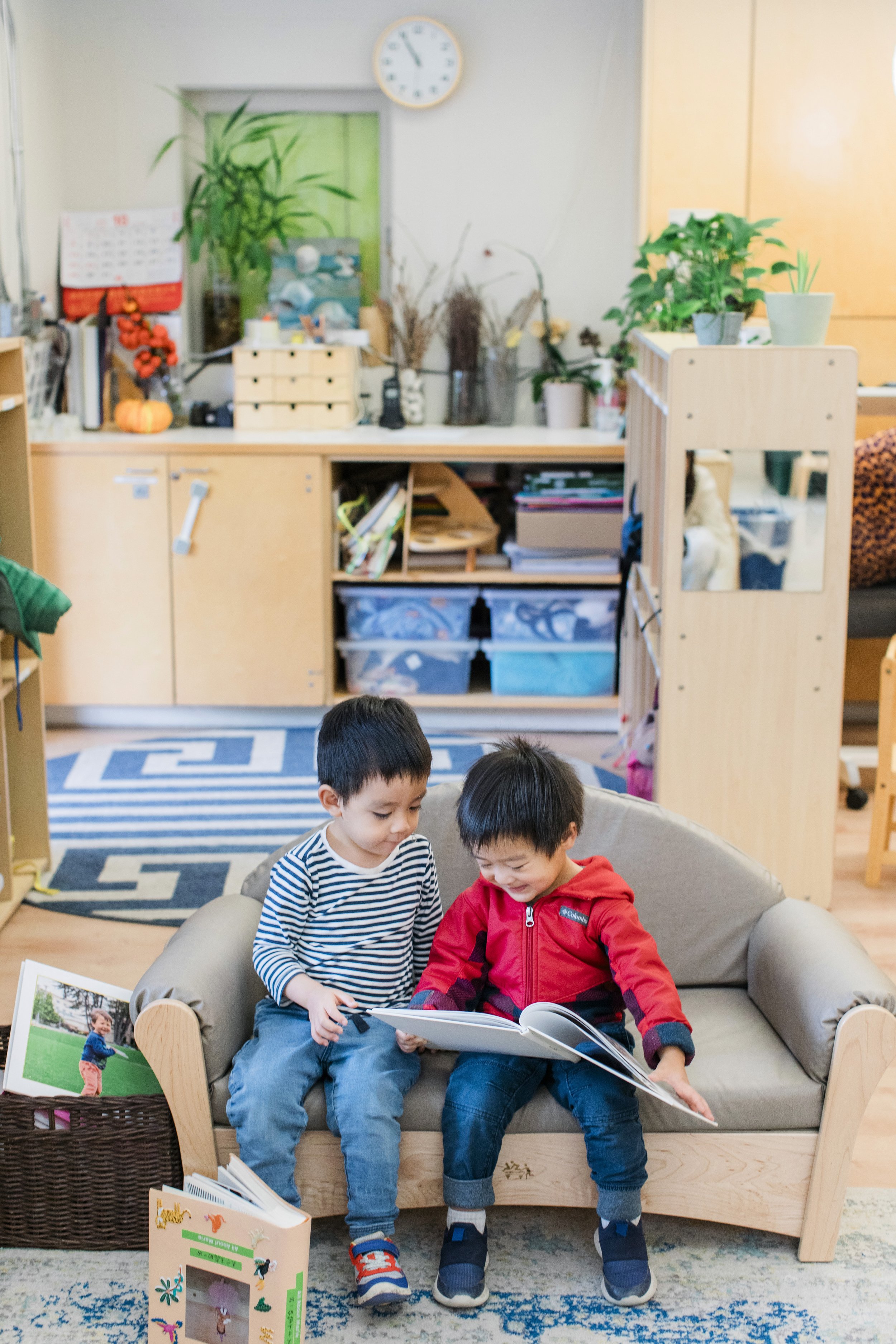At PKS, we know that school is more than a place of learning, or a stepping stone to high school and beyond. Our students’ years here will help them develop a sense of themselves in the world, so it is imperative that PKS be a community where they feel seen, known, accepted, connected, and included. And as I shared in the first part of this blog, belonging sets the stage for learning; it provides the foundation from which curiosity, exploration, risk taking, and collaboration emerge.
Empathy, belonging, and global competency
The Creating a Culture of Belonging conference that I attended with a fifteen-member PKS team prompted discussion of belonging in the context of our bilingual, international program, and brought to mind some recent research about the different notions of global competency in the Chinese speaking world, and in North America and Europe.
The day started with a lecture by Stanford neuroscientist Jamil Zaki, author of The War for Kindness: Building Empathy in a Fractured World, who shared some very good news about empathy: (1) that it is increasing in the world post-Covid and (2) that it can be learned, fostered, and increased in any individual. He used the paradigm of three kinds of empathy (emotional, cognitive, and empathic concern) to describe what in our school we call perspective shifting (cognitive empathy), kindness (emotional empathy), and social justice (empathic concern or compassion).
This is also what is described in the Asia Society framework for global competence that I helped develop with the OECD many years ago, as the simple formula of “investigate the world,” “recognize perspectives,” and “take action.” It was a good reminder that our focus on mindsets and skillsets is the right approach for building students’ global competency and empathetic engagement with both the local community and the broader world. I wrote about this a few years ago in an ongoing series of articles for Asia Society.
Are there unique Chinese aspects to consider?
While we sometimes narrowly characterize Chinese culture as collectivist and Western culture as individualistic, when it comes to issues of social justice, it may be just the opposite. The Harvard researcher Veronica Boix Mansilla (who is also one of the architects of the Asia Society / OECD Framework I cited above) has done a deep dive into what global competency means for schools in China. Her research on this topic suggests that while European and North American schools encourage students to believe in their agency and take action in the world immediately, schools in China focus more on building one’s individual capacity – in the classical tradition, 修身 or self-cultivation – before taking action. Like all of these thorny issues, there is no right or wrong answer, and the learning comes from the struggle of being caught in the middle and willing to be open and vulnerable. After all, we neither want to silence voices or impede action, nor do we want to encourage uninformed, superficial, or ineffective action.
Finding balance
One important takeaway from the conference for me is that the complexity of our program opens up so many possibilities for our students to build empathy and compassion. At the same time, our commitment to building a strong foundation in Chinese – with Chinese literacy being the most cognitively challenging of any language currently used in the world (!) – can sometimes limit our short-term ability to go deeply into issues and cultures beyond.
I feel this every Lunar New Year; there are some consistent yet opposing refrains in our community – those that see our celebration as “not Chinese enough” or “not traditional enough,” and those that see it as “too Chinese” or “too traditional.” While it’s tempting to just chalk this up to the fact that you can’t please everyone, it’s important to tune into this feedback a bit more. It’s also important to recognize that the long-term skill sets that are being fostered in our students represent the critical foundation for them to build empathy and an authentic engagement with the world.
I am reminded of the challenge I faced the first time I brought high school students to China. We had them working in a rural village to build houses as a component of service learning. When we arrived in the village each morning, the local people would pull me away from the worksite, put an English textbook in my hands, and bring me to a classroom in the local school. What they had presciently realized is that this nerdy American did not have the capacity or skills to be an effective builder of houses, but did have the skills to be an effective teacher of English. I struggled to be authentic in walking the balance of helping my students understand that it was very worthy for us to work in the village, but at the same time the help we were providing was ultimately more symbolic than substantive. So how do we provide the right balance of action and efficacy in the world? – again, there’s no easy answer, but the fact that this community is engaged in that struggle is so notable and important.



